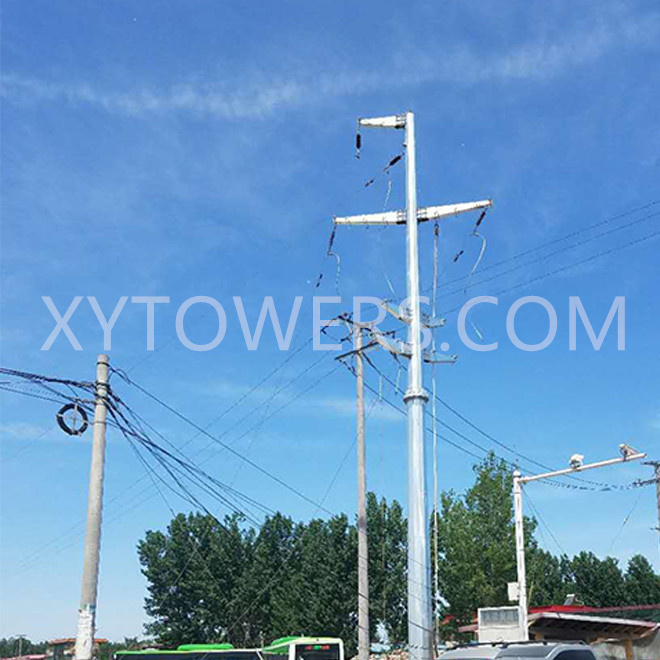
The concept of a monopole in physics often conjures up images of isolated magnetic charges, but when we delve deeper into the realm of electricity, the term takes on a different meaning. In the context of power transmission, a “transmission monopole” refers to a specific type of power transmission system that utilizes a monopole to transmit electrical energy. This article explores the nature of electric monopoles and the role of transmission monopoles in modern energy systems.
The basic form of electricity is the flow of electric charge. It is usually carried by electrons, which are negatively charged particles. In classical electromagnetism, electric charges exist in the form of dipoles, a pair of equal and opposite charges. This means that, unlike magnetic monopoles, which are hypothetical particles with only one magnetic pole, the charges are essentially connected in pairs. Therefore, electricity itself cannot be classified as a monopole in the traditional sense.
However, the term “unipolar” can be applied metaphorically to certain aspects of electrical systems. For example, when we think about current in a circuit, we typically think of it as a single entity moving from the source to the load. This view allows us to conceptualize electricity in a simplified way, similar to a monopole, although it essentially consists of positive and negative charges.
The transmission monopole is a practical application of this concept in electrical engineering. These systems are designed to transmit high voltage power over long distances using a unipolar structure. This design is particularly beneficial in urban areas where space is limited because it minimizes the physical footprint of the power cord.
In many regions, transmission monopoles account for approximately 5% of the total transmission infrastructure. Their streamlined design not only reduces land use, but also enhances the aesthetics of power lines and reduces disruption to densely populated areas. Additionally, monopole structures can be designed to withstand extreme weather conditions, providing a reliable means of power transmission.
The efficiency of transmitting monopoles is another significant advantage. By utilizing a single pole, these systems can reduce the amount of material required for construction, thereby lowering costs and reducing environmental impact. Additionally, a reduced number of supports means less disturbance to the landscape, which is especially beneficial in sensitive ecological areas.
As electricity demand continues to grow, the need for efficient and effective transmission systems becomes increasingly important. While traditional transmission methods have served us well, innovations like transmission monopoles represent a step forward in solving modern energy distribution challenges.
In summary, while electricity itself cannot be classified as a monopole due to its inherent positive and negative charge flow properties, the concept of transmission monopoles provides practical solutions for modern power infrastructure. By understanding the role of transport monopoles, we can appreciate the technological advances that allow us to meet society’s growing energy needs while minimizing environmental impact. As we move forward, the integration of innovative systems like these is critical to creating a sustainable energy future.
Post time: Sep-26-2024





